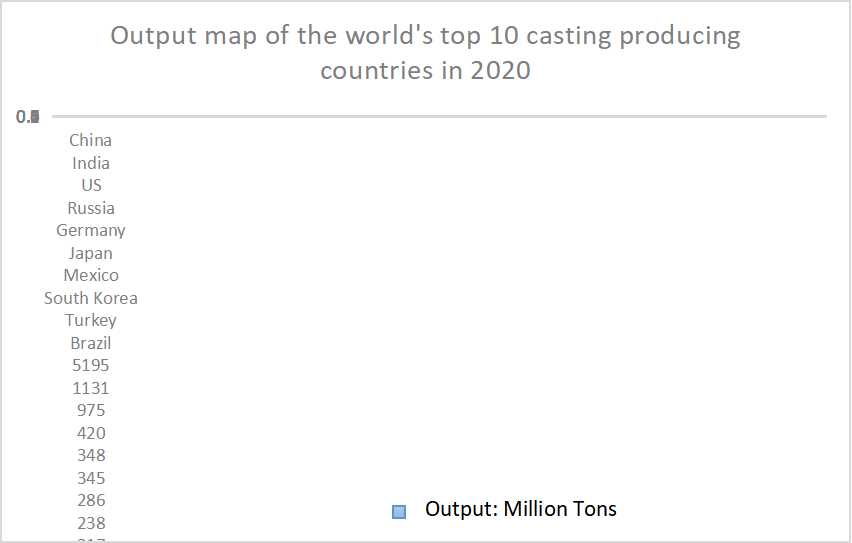The Revolution of 3D Printing in Sand Transforming Industries
In recent years, the world has witnessed an extraordinary technological advancement in 3D printing, a technique that has redefined manufacturing processes across various sectors. Among the innovative materials gaining prominence is sand, a seemingly simple substance that, when combined with advanced 3D printing technology, opens up a realm of possibilities. This article delves into the significance of 3D printing with sand, its applications, benefits, and the future potential it holds.
3D printing, also known as additive manufacturing, involves creating three-dimensional objects layer by layer from a digital model. Traditional manufacturing methods often involve subtractive processes, where material is removed from a solid block, leading to waste and inefficiency. In contrast, 3D printing uses only the required amount of material, making it a sustainable option. Sand, being abundant and inexpensive, is an ideal choice for a variety of applications, particularly in construction, architecture, and industrial design.
The Revolution of 3D Printing in Sand Transforming Industries
Furthermore, the environmental benefits of sand-based 3D printing cannot be overlooked. The construction industry is notorious for its carbon footprint and resource consumption. However, by utilizing local sand resources and reducing waste associated with traditional construction methods, this process contributes to more sustainable building practices. Additionally, the ability to create building components on-site minimizes transportation costs and carbon emissions associated with moving heavy materials.
sand 3d print

Another remarkable application of sand-based 3D printing lies in the field of sculpture and art. Artists and designers are increasingly exploring the potential of this technology to craft intricate pieces that showcase their creativity. By harnessing the properties of sand, they can create textured surfaces and unique shapes that would be incredibly labor-intensive to achieve by hand. This fusion of technology and artistry not only enhances the creative process but also allows for mass production of limited-edition art pieces.
The rapid advancements in technology have also led to the development of new techniques, such as using recycled sand and eco-friendly binders. This commitment to sustainability not only addresses environmental concerns but also aligns with the growing demand for eco-conscious products in the market. As the technology progresses, the integration of smart materials and enhanced printing methods is expected to yield even more resilient and functional sand structures.
Looking ahead, the future of 3D printing with sand appears promising. As industries continue to evolve, the demand for innovative solutions will only increase. Researchers and engineers are already exploring possibilities such as printing entire buildings, creating efficient infrastructure, and revolutionizing the way we approach manufacturing. As this technology matures, we may witness groundbreaking changes in how we live and build.
In conclusion, sand-based 3D printing embodies the intersection of innovation and sustainability, offering transformative solutions across various sectors. Its versatility, combined with the potential for reducing waste and environmental impact, positions it as a game-changer in modern manufacturing. As we embrace this technology, we pave the way for a future where creativity, efficiency, and sustainability coexist, leading to a more resilient and innovative world.
Post time:Ное . 11, 2024 21:40
Next:resin sand
